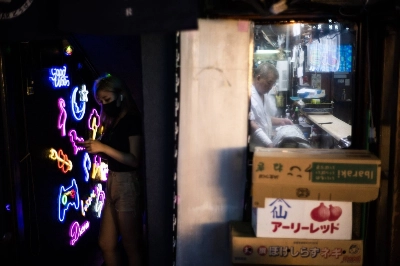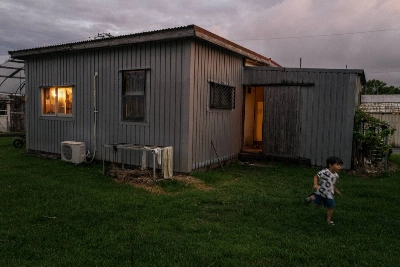Change could be in store for Mount Fuji as the Yamanashi Prefectural Government grapples with over-tourism concerns, with Gov. Kotaro Nagasaki suggesting that a light rail transit system could be introduced to deal with the issue.
At the Foreign Correspondents' Club of Japan on Tuesday, Nagasaki emphasized the importance of coming up with ways to lessen the strain from overcrowding.
“This year marks the 10th anniversary of Mount Fuji’s World Heritage Site designation,” he said. “However, the current situation is not one in which we can speak lightly about the significance of the past decade.”




















With your current subscription plan you can comment on stories. However, before writing your first comment, please create a display name in the Profile section of your subscriber account page.